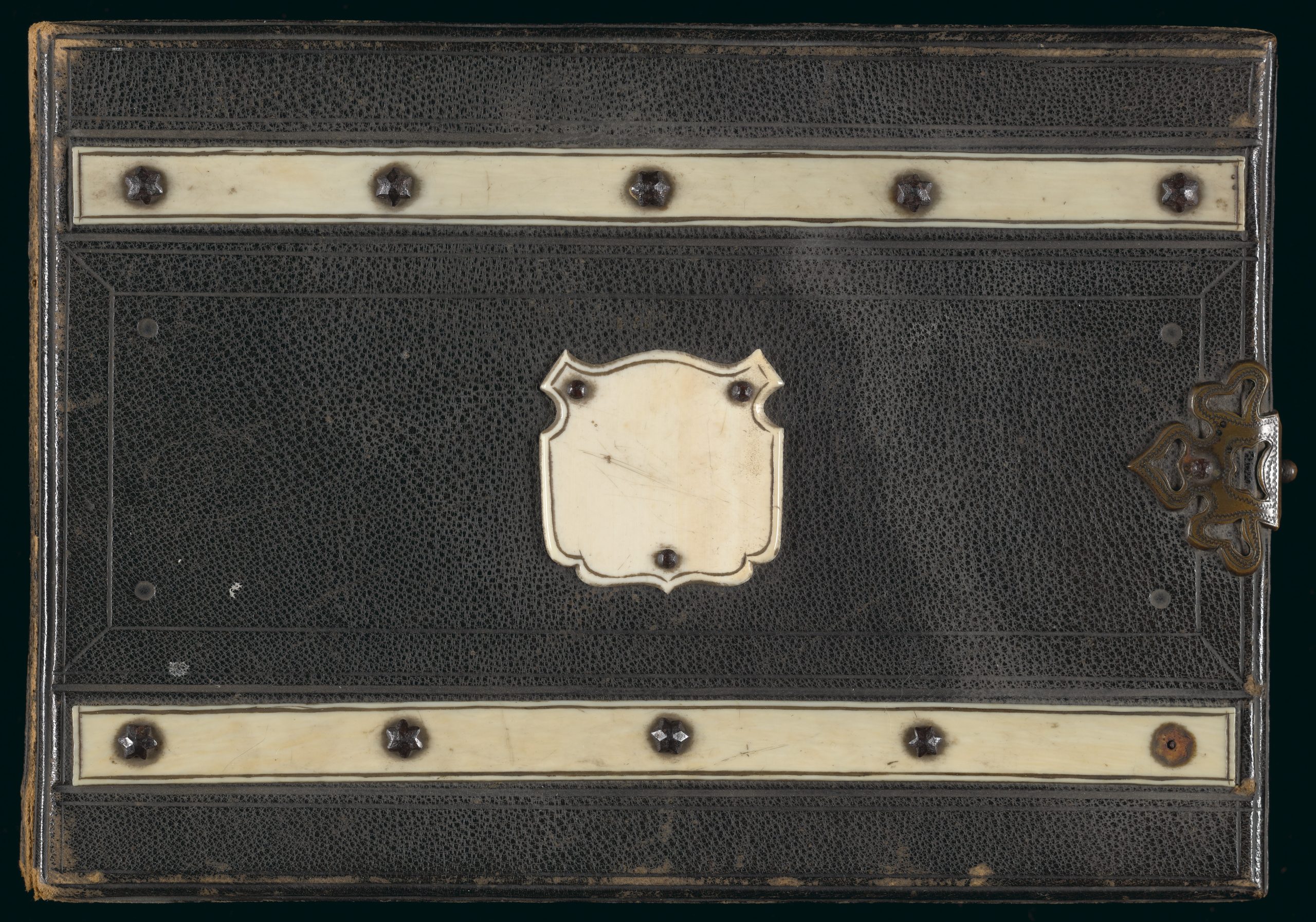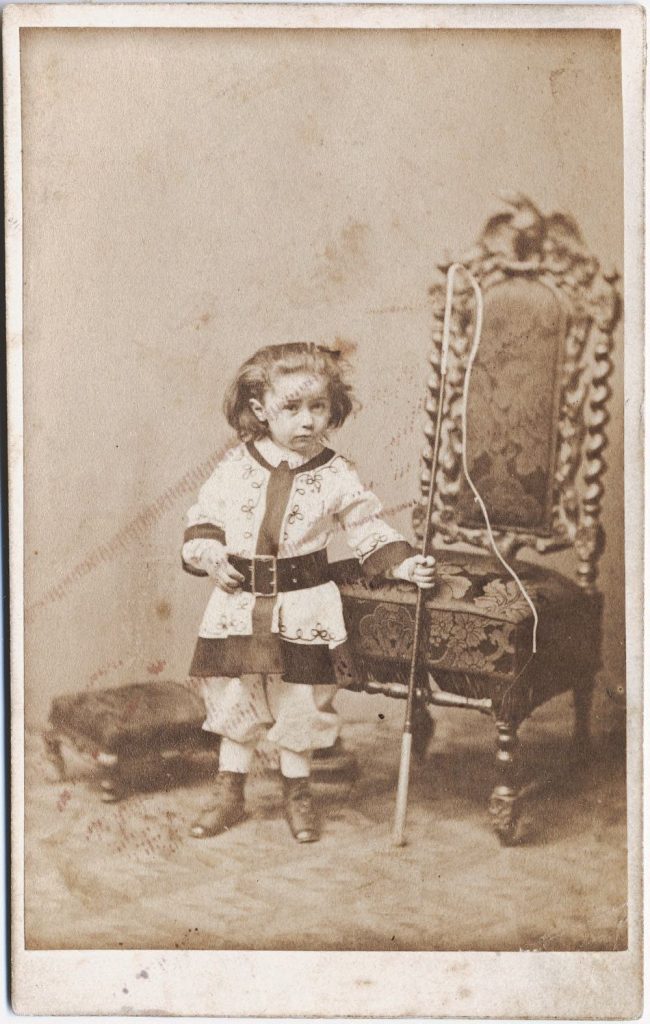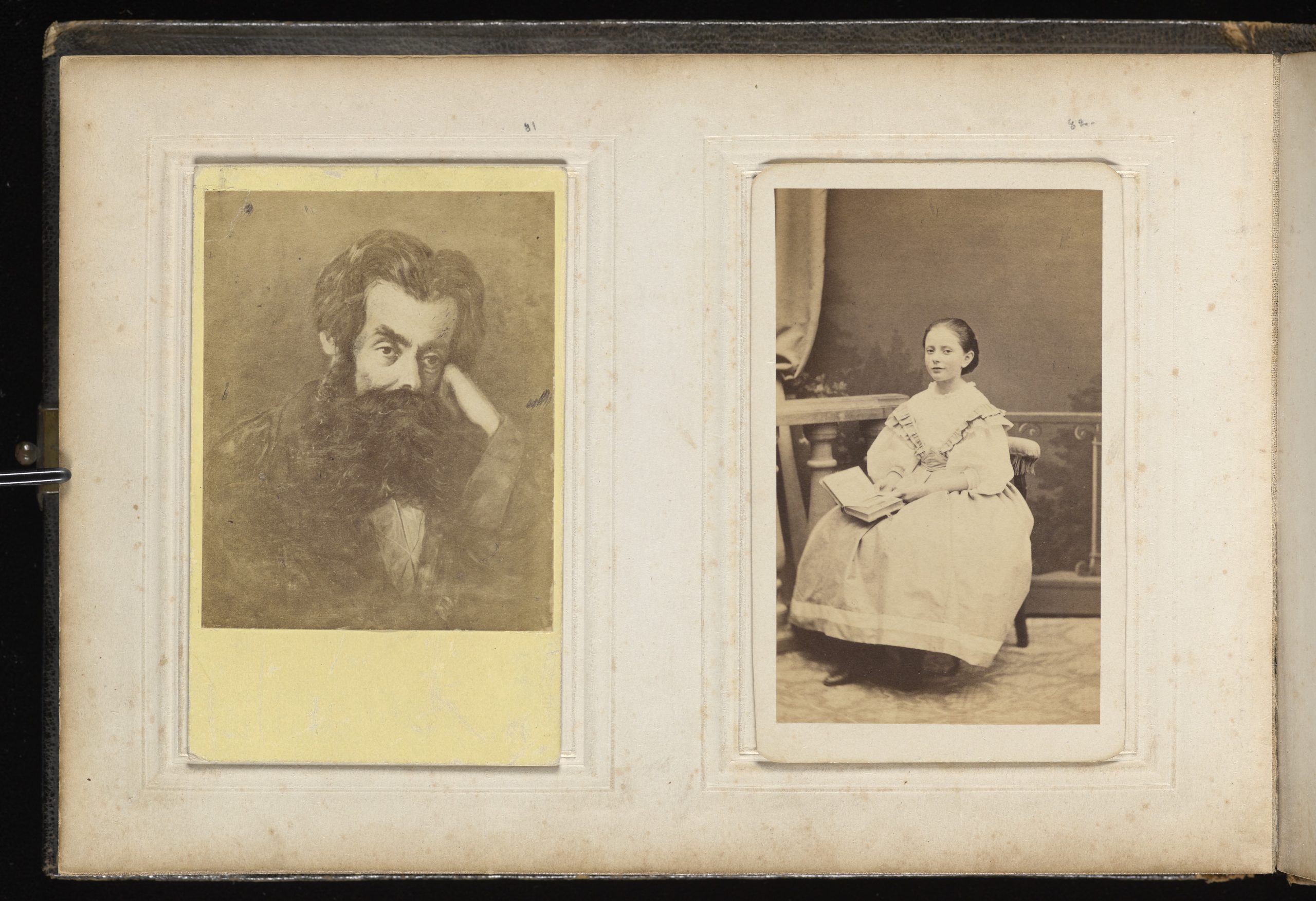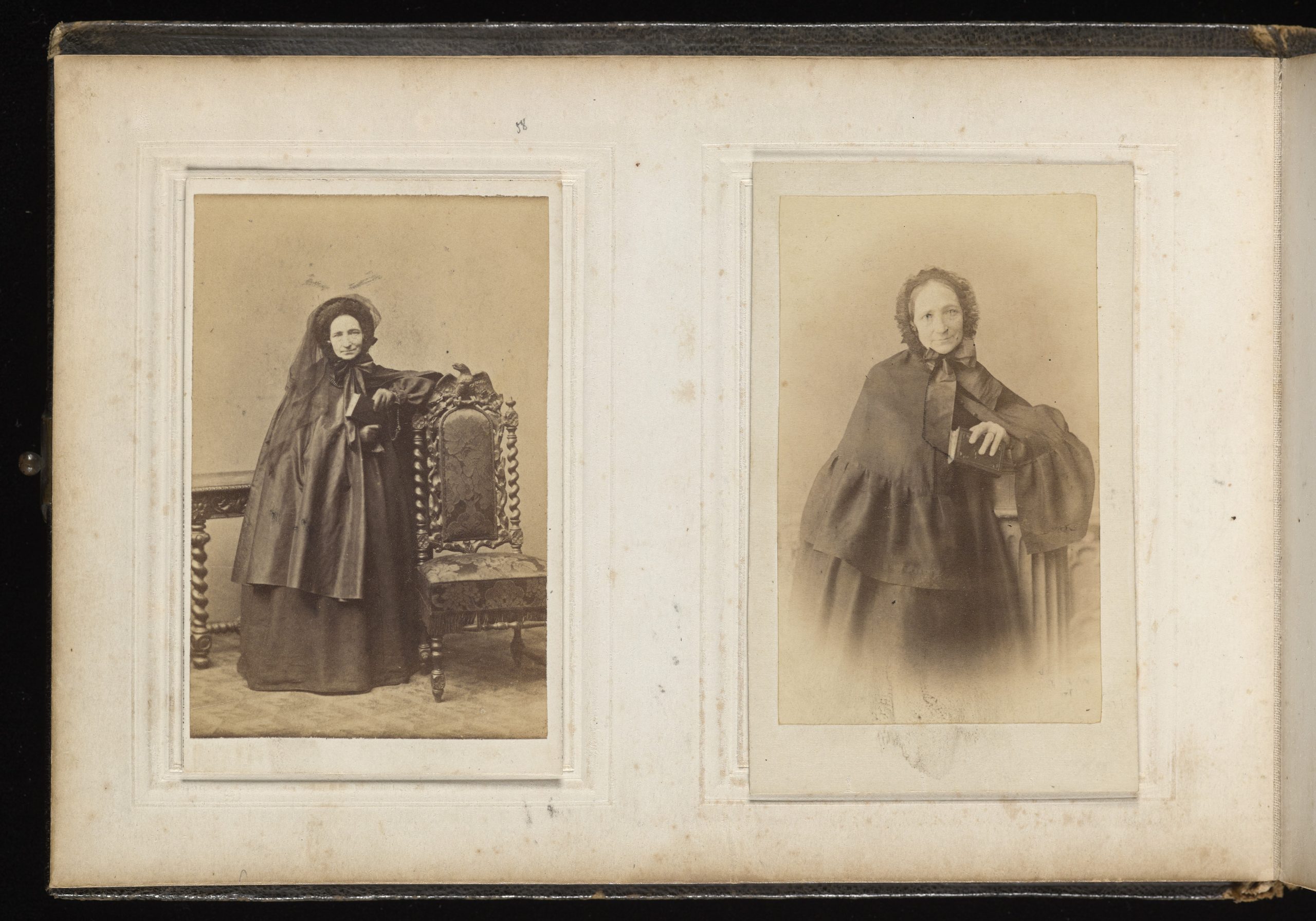
One of the most eye-opening lessons Duke students often learn from a visit to the Rubenstein Rare Book & Manuscript Library is just how much history a single document can contain.
Take this small, leather-bound photo album from the nineteenth century. It once belonged to the great English novelist and short story writer Joseph Conrad, best known as the author of Heart of Darkness, a book that has long been a staple of college reading lists and that inspired Francis Ford Coppola’s Apocalypse Now.
The photo album is the centerpiece of a small exhibit now on display in the Rubenstein Library commemorating not only the centenary of Conrad’s death (1924), but also the tenth anniversary of the start of Russia’s war against Ukraine (2014)—the place of his birth.
Józef Teodor Konrad Korzeniowski, as Conrad was originally named, was born in a borderland region whose religious, social, and ethnic diversity was—and continues to be—exploited by competing colonial powers.

In the late eighteenth century, the Polish-Lithuanian Commonwealth was invaded, conquered, and erased from the map of Europe by three empires (Russian, German, and Austrian). Imperial Russia obtained the territories of what is today the independent countries of Lithuania, Poland, Ukraine, and Belarus.
The struggle to regain independence—and against Russification and Germanization of the former commonwealth—repeatedly assumed violent form over the next 120 years. Conrad’s parents, Apollo and Ewa Korzeniowski, were both active in underground resistance movements, and were arrested by Russian authorities on the eve of the 1863 January Uprising.
The memory of this failed anticolonial revolt shaped Conrad’s early impressions of the world, not least because the four-year-old future novelist accompanied his parents into exile in Vologda (Russia), over a thousand miles away. Later, they were allowed to move south to Chernihiv (Ukraine), where Conrad’s mother died. When the two surviving family members were eventually released from exile, they moved to Krakow (Poland), where Conrad’s father also soon died of illness.
In 1874, the orphaned victim of colonial oppression emigrated from the Russian empire with the intention of going to sea. Conrad spent the next two decades in the French and English merchant marine, eventually becoming a British subject. The photo album was one of the few personal items he took with him, including on his voyage to colonial Africa, the setting of The Heart of Darkness.
In her memoirs, Jessie Emmeline George, Conrad’s English-born widow, recalled that “Conrad’s album… accompanied him through all his wandering and adventurous life… He always referred to it as ‘the grave-yard,’ and he was very reluctant to let anyone see it. Once I sinned grievously by placing a photograph of one of the boys between its covers. ‘Don’t put anyone’s photograph in that book, I beg of you!’ he said.”
Duke purchased the photo album in 1968. But it has since acquired a new relevance in light of Russia’s most recent attempts to annex Ukrainian territory, and erase its history, language, and culture.

Most of the photographs are carte-de-visite studio portraits of Conrad’s extended family and friends, some dressed in Polish “national mourning” garb as an act of public protest against Russian imperial rule. Also included are a portrait of Conrad’s father and an exterior shot of the church in Chernihiv where his mother was buried.
By examining this portable memorial to the land and people Conrad was forced to leave behind, we can better understand the roots of his critique of European colonialism, witness the documentary role of photography, and gain some much-needed historical perspective on the current war in Ukraine, the largest military conflict in Europe since World War II.
All that and more from a single document.

Check out the exhibit:
Curated by Erik Zitser (Librarian for Slavic, Eurasian, and East European Studies) and Kimmi Kresica (Archivist, State Archives of North Carolina)
Michael and Karen Stone Family Gallery, Rubenstein Library
Through April 5, 2025

